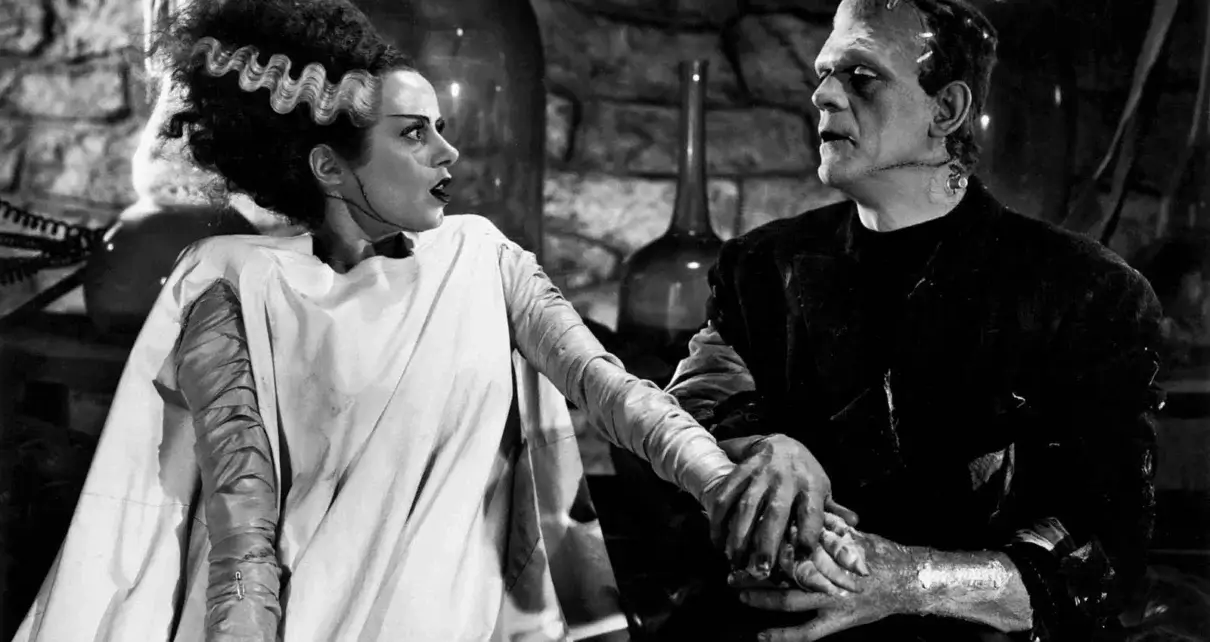Mad scientist or monster; who is the infamous Frankenstein? Over the past few months, I’ve been asking my classmates on campus who they thought Frankenstein was. Many said the scientist, others said the monster, then realized it was actually the scientist. Those in my Criticism and Theory lecture knew that Frankenstein was the scientist, but they’ve all at least once confused the monster to be Frankenstein, even during our discussions over Mary Shelley’s novel, “Frankenstein.” I myself had never read the original text until this semester.
Popular media told me Victor was the scientist and Frankenstein was the monster. But why? Throughout the years, there have been more than 60 film adaptations since Shelley’s novel. The creature became a horror sensation quickly and was able to reside next to the famous vampires, werewolves, mummies, and other creepy creatures in the film world despite having a man-made origin in the original text, according to Deseret.com.
These films have depicted the story in drastically different ways. Most films have named the creature after its creator. Some have also written Victor out of the equation, like the 1948 “Abbott and Costello Meet Frankenstein” slapstick comedy horror film. Frankenstein the monster, Dracula, and the Wolfman chase around the main characters in a house for a comedic effect, Scooby Doo style.
Notably, in many adaptations, the creature is typically a very large, bumbling idiot who doesn’t speak or move very well. He also usually has a square-ish head, two metal bolts sticking out of his neck, and visible stitching in various places on his body. In the National Theatre’s 2011 “Frankenstein” stage play, the creature has noticeable stitching all along his face and body.
Recreations that kept Victor made him out to be a mad scientist who plays God in successfully creating a living entity. In the 1931 “Frankenstein” film with Colin Clive as Henry Frankenstein, Clive acts out a euphoric reaction to the creature moving. He screams, “It’s alive, it’s alive, it’s alive!” and claims he knows what it feels like to be God. This is by far the most well-known quote from a Victor Frankenstein character, and his name wasn’t even Victor.
In Shelley’s 1818 novel, Victor is by no means an actual scientist (but I don’t disagree with him being a bit “mad”). He’s a very curious university student with seemingly nothing to lose. He grave robs corpses for various body parts to create a being and infuses life into it with electricity. Although Victor is playing God in a sense with his search for the secret of life, he automatically regrets his actions, believing he went too far. He is utterly terrified of what he’s created once the creature wakes up, and proceeds to completely abandon it, having frequent fits of hysteria about it returning to haunt him.
However, the creature is left to fend for himself. He figures out how to eat, protect himself, and learns language from various novels and a family who eventually betrays him. Each encounter of the human species leads to the destruction of the creature’s image of himself and the world, ultimately leading him to kill not once, but twice: Victor’s wife Elizabeth and his youngest brother William.
The creature’s behavior and appearance depicted in film contrasts from his depiction in the novel. He becomes very well-versed in language with a dialect similar to what’s found in John Milton’s “Paradise Lost,” considering it was one of the stories he learned from. He’s able to run with supernatural agility and speed due to his gigantic size and is always described to have piercing yellow eyes like the moon and deformed thin skin with visible veins.
Film is a powerful tool to influence public memory, and I believe that’s what’s happened here.
If you’re interested in Frankenstein and the unexpected legacy that was born from it, give the original story a read and watch any of the film adaptations I mentioned!




